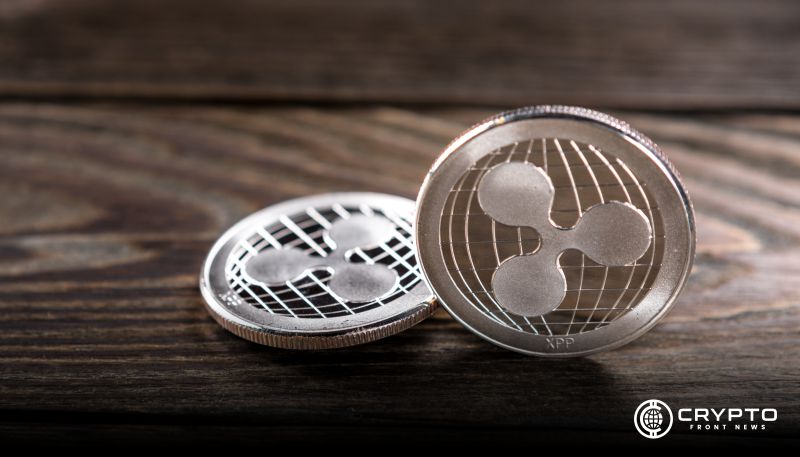- Ripple predicts that by 2030, tokenization will encompass 10% of global assets, driven by digital asset custody services.
- Ripple Custody is expanding with new partnerships, such as Société Générale and BDACS, offering secure storage for digital assets.
- XRP Ledger’s new Credentials amendment strengthens institutional adoption by enhancing compliance and regulatory tools within the blockchain.
Ripple recently shared an optimistic forecast for the tokenization market, predicting that by 2030, 10% of global assets will be tokenized. According to the company, this growth will be primarily driven by the evolution of digital asset custody, with crypto assets under custody expected to soar to $16 trillion by 2030.
Custody services are recognized as a fundamental component of institutional digital asset solutions. As more assets become tokenized, institutions will increasingly rely on robust custody systems to safeguard everything from cryptocurrencies to tokenized real estate and stablecoins. Ripple’s insight highlights the critical role these services will play in the market’s overall adoption and maturation over the coming years.
Ripple’s own custody offering is already making waves in the market. The company’s technology is being utilized by major players such as Société Générale FORGE, the crypto arm of the French financial giant. Société Générale has launched its EURO-backed stablecoin EURCV on the XRP Ledger, utilizing Ripple Custody for safekeeping. Similarly, Ripple’s USD-backed stablecoin, RLUSD, is now being custodied by BDACS in South Korea.
Ripple’s Expanding Influence in Africa
Ripple’s custody services are not limited to Europe and Asia. Ripple has announced it is expanding its RLUSD into Africa in a major move. The firm has also established collaborations with Chipper Cash, VALR, and Yellow Card, which enables African financial institutions to use this USD-linked stablecoin. The step indicates the increasing influence Ripple has on the financial environment worldwide and the increasing role the company occupies in the transfer of assets across borders and digital finance.
Accompanied by these changes, in the recent past, the XRP ledger has also been upgraded drastically. Credential amendment is now operational on the XRPL mainnet and will allow a smoother implementation of compliance tools in the blockchain. New functionality supports the creation, acceptance, and deletion of credentials, enabling institutions to more easily address regulatory needs such as KYC and AML.
The credentials option is a technical feature, yet it is created to ensure XRP Ledger is more attractive to businesses that seek compliance tools to safely navigate the realm of digital assets. XRP Ledger is helping position itself as a trustworthy and compliant blockchain that institutions use after the release of this amendment.
The consistent growth of Ripple to new territories and its ongoing improvements to the XRP Ledger and custody solutions are another step in consolidating its position in the digital asset arena. These trends suggest that both tokenization of assets and the use of blockchain technology are likely to gain speed in the next few years.





